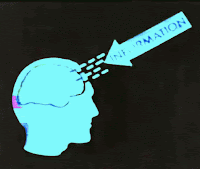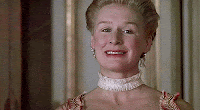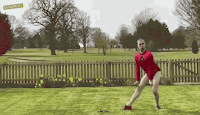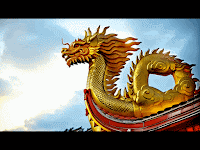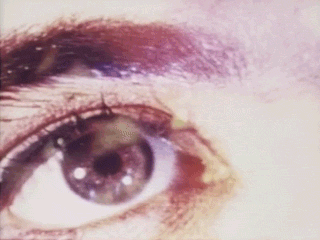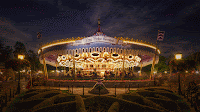In intentional camera movement (ICM), a camera is moved during the exposure for a creative or artistic effect.
In a sense, ICM is the same effect as (intentional) single-exposition motion blur: in the former the camera moves during exposure, in the second the target moves, but they have in common that there is relative motion between camera and target, often resulting in streaking in the image. Yet, the definitions are better left vague as freedom and creativity is especially relevant to this process.
A special case, called panning, occurs when the camera is moved during exposure while keeping it pointed at a moving target, to hold its projection on the recording medium steady. The stationary environment (usually mainly background, but possibly also some foreground) then is subjected to ICM and appears streaked in the final image.
Another special case is that of forward (or backwards) camera movement, typically with the camera focused on the distance. The streaks in the resulting image converge on the central point, giving a suggestion as if it is at the end of a long tunnel. A similar effect can be achieved by changing the focal length of a zoom lens during the exposure.






